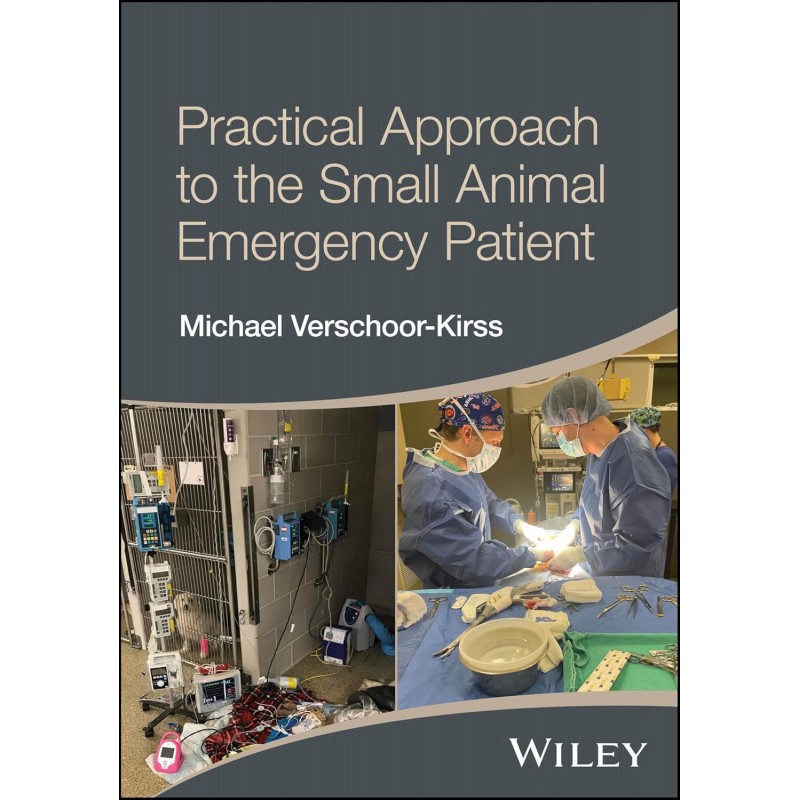- Reduced price
- New

Order to parcel locker

easy pay


 Delivery policy
Delivery policy
Choose Paczkomat Inpost, Orlen Paczka, DHL, DPD or Poczta Polska. Click for more details
 Security policy
Security policy
Pay with a quick bank transfer, payment card or cash on delivery. Click for more details
 Return policy
Return policy
If you are a consumer, you can return the goods within 14 days. Click for more details
A concise, accessible guide to clinical decision making in veterinary emergency medicine focused on the thought process in selecting diagnostic and treatment options
Practical Approach to the Small Animal Emergency Patient helps veterinarians identify the critical questions to identify diagnostic and therapeutic priorities when faced with an emergency situation. The book reviews important decision points for common emergencies and emphasizes how to think, not just what to do.
The first section of the book covers general principles of emergency medicine topics such as triage, sedation and lab work selection, while the latter part of the book applies those principles to common emergency presentations. The intention of this book is not to provide the clinician with an exhaustive review of pathophysiology, but uses current research and decision making tools to provide the clinician with the questions and tools to decide whether a certain intervention is appropriate. Each chapter also includes a section on client communication to help guide new clinicians in speaking with family members about diagnostic testing, treatment approaches, and prognosis.
Written by a board-certified criticalist and practicing veterinarian in emergency medicine, Practical Approach to the Small Animal Emergency Patient includes information on::
Practical Approach to the Small Animal Emergency Patient is an essential guide for clinicians, particularly new graduates and emergency doctors, seeking to gain confidence and improve their decision-making in emergency situations.
Data sheet
Preface xiii
Acknowledgments xv
PART 1 Practical Approaches for the Emergent Patient 1
1 The Triage Exam 3
2 Rational Lab Work Selection and Diagnostic Stewardship 11
3 Selecting Appropriate Imaging Studies 17
4 Intravenous Fluid Therapy: Yes, No, How Much, How Fast 23
5 Analgesia and Sedation 33
6 Use of Antibiotics in the Emergent Patient 43
7 Decision-making for Hospital Admission 53
PART 2 Clinical Reasoning for Common Diseases and Presentations 57
8 Approach to the Down Dog 59
9 Diabetic Emergencies 65
10 Trauma 79
11 Spontaneous Hemoabdomen 109
12 Gastric Dilatation and Volvulus 119
13 The Blocked Cat 125
14 Approach to Vomiting and Diarrhea 135
15 Dyspnea 147
16 Neurologic Emergencies 163
17 Immune-mediated Hemolytic Anemia and Thrombocytopenia 179
18 Approach to the Azotemic Pet 193
19 Managing the Chronic Disease Patient 205
20 Toxin Ingestion Management 213
21 Client Communication and Palliative Care 221
22 Cardiac Emergencies 227
23 Reproductive Emergencies 245
24 Cardiopulmonary-cerebral Resuscitation 255
Index 265
